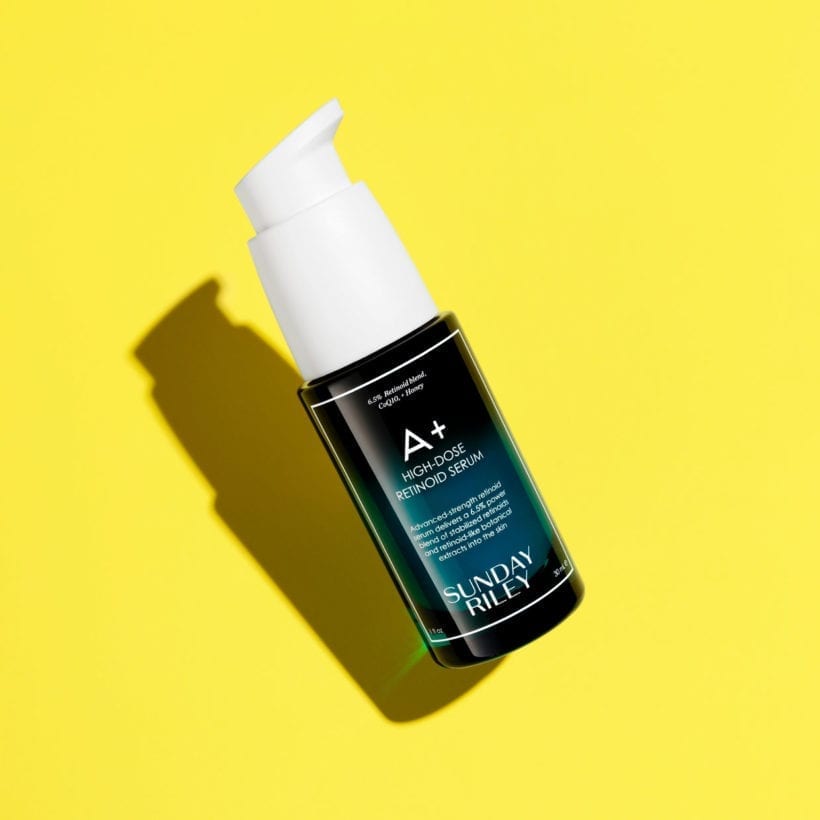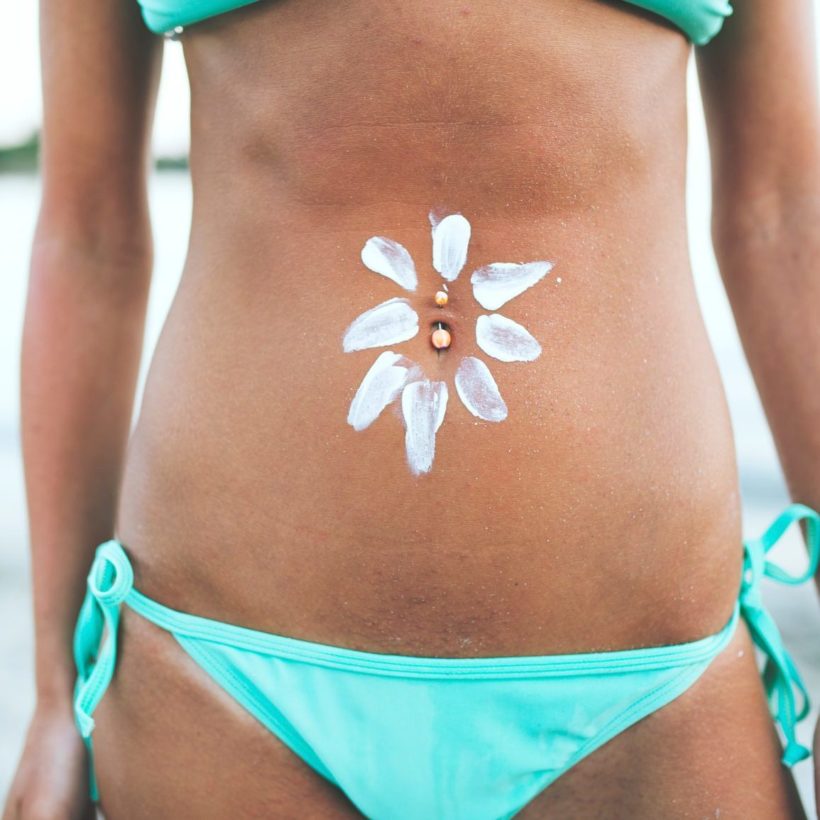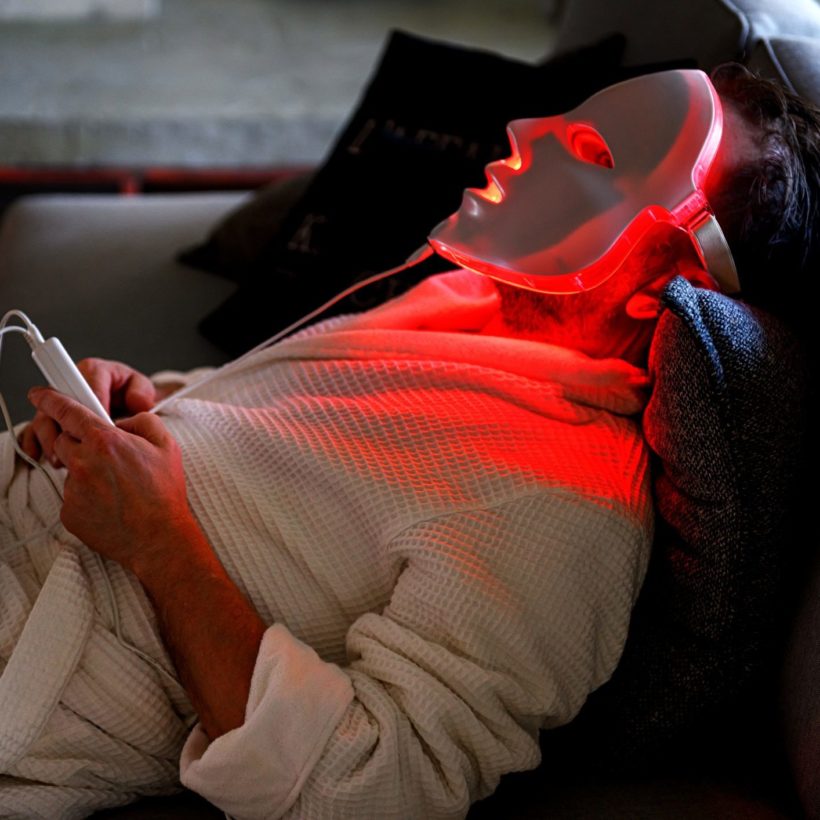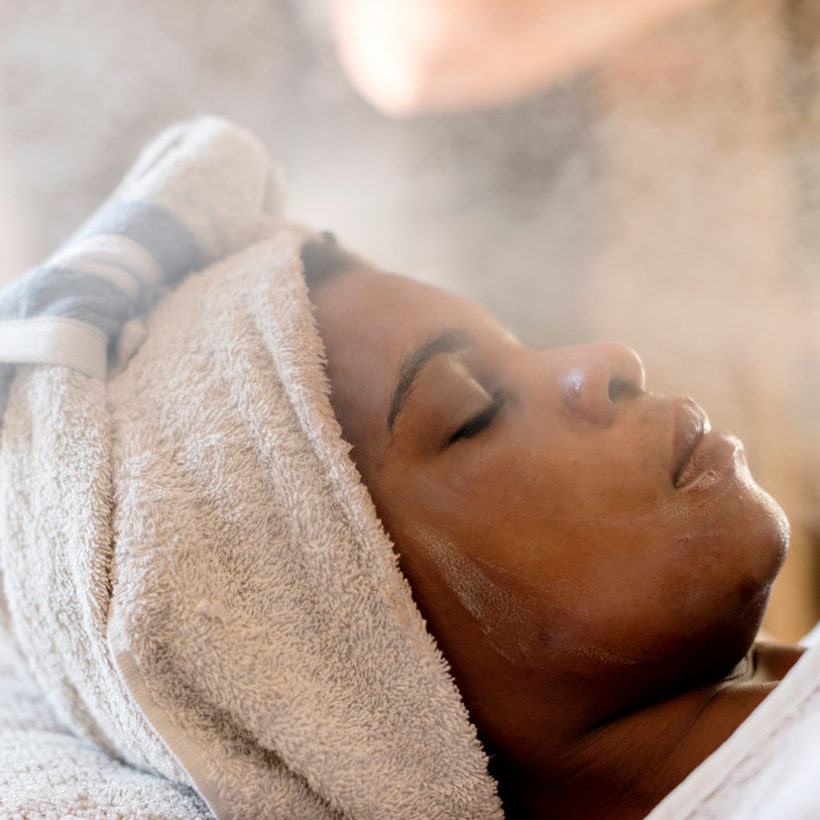Contouring is a long-time makeup trend, but there’s an innovative color-free technique that some experts say is a reliable way of creating chiseled features. Icing, which is just what it sounds like, is said to be a quick and effective way to contour the face, but is it as consistent as other tried-and-true methods, like makeup and fillers? We investigate.
What Is Icing?
Simply put, icing uses ice cubes, a frozen or chilled face roller, refrigerated globes, or another source of coldness to reduce inflammation and puffiness in the skin. This viral TikTok trend (search “icing your face”) and influencer-favorite aren’t all that new despite recent attention. “Skin icing is resurging, and aestheticians have tools that provide benefits, such as gua sha stones, rollers, and ice globes,” says esthetician René Serbon. Using ice to decrease facial puffiness and swelling, and improve the skin’s appearance is an Old Hollywood starlet practice. Many celebrities, like Marilyn Monroe, were known to indulge in a face bath consisting of ice cubes almost every morning.
@osmaradavila this is your sign to start icing your face everyday #fyp #skin #beautytips ♬ original sound
How It Works
If you’ve ever had an injury, filler, or surgery, chances are you’ve probably been instructed to ice the area. Ice and its coldness reduce inflammation, making it helpful to reduce swelling and the potential for bruising, as it vasoconstricts the blood vessels so that less blood can flow through, says Dr. Marisa Garshick, MD, a board-certified dermatologist.
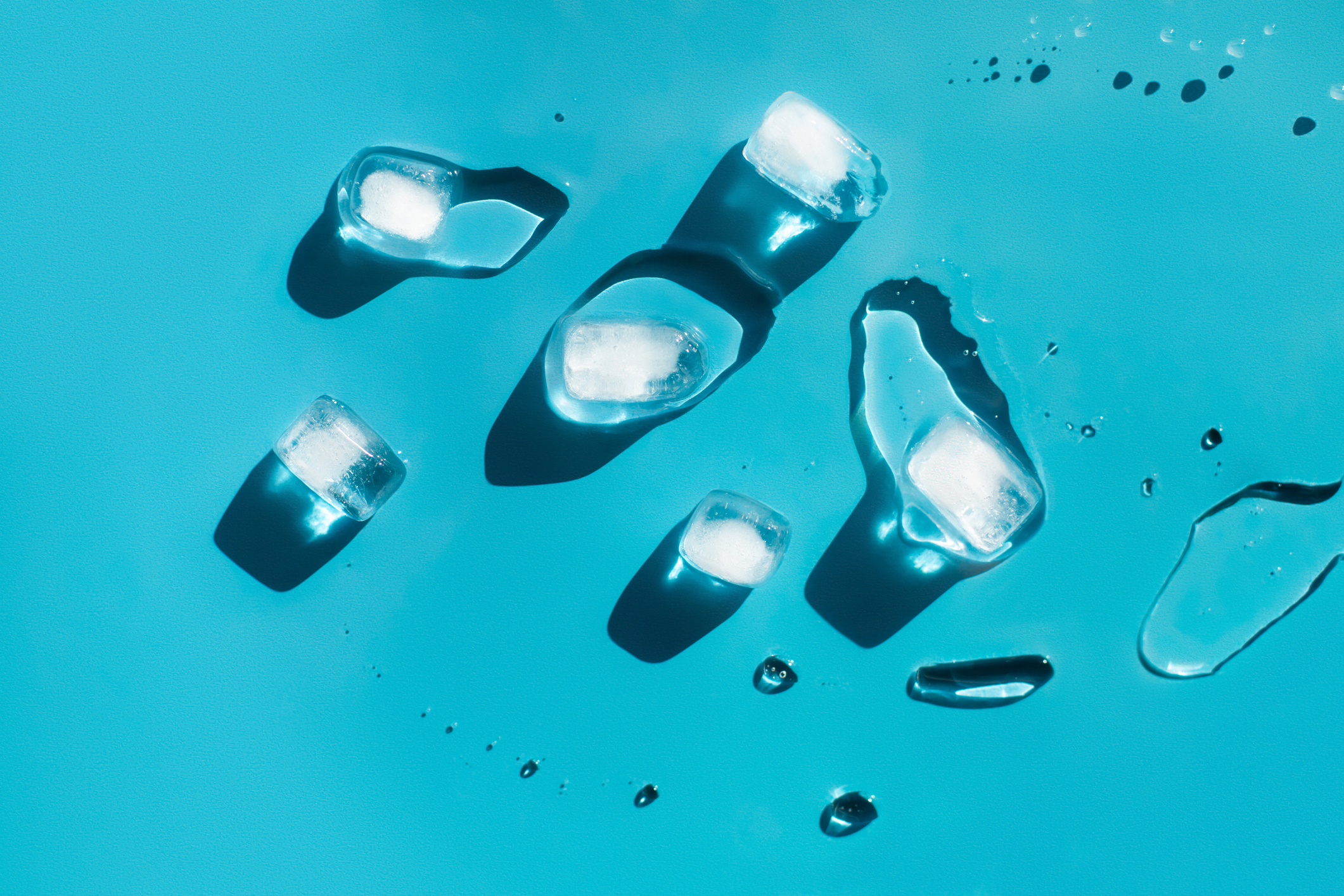
So, it comes as no surprise that the simple act of icing the face made its way into the beauty world, albeit in the form of chilled cute little rollers and sparkly globes. “Cooling is popular in dermatology, like in cryotherapy, Coolsculpting, using eye creams with cool metal applicators, and keeping skin care products in the refrigerator,” she explains.
Any time cold — regardless of the vehicle — is used on the skin, it reduces inflammation and swelling, which can temporarily improve the contours of the face. “Icing is also anti-inflammatory, which helps calm acne, large pores, puffiness, and eye bags,” says esthetician Amber Rose Johnson. “It constricts the blood vessels to improve circulation, and as blood starts to rise to the skin’s surface, there is an instantly contoured, glowing look,” she says. Simply put, less inflammation equals less puff for more definition and better contour.
Icing the cheekbones, under eyes, and jawline helps ease morning puffiness. Technically, icing is a form of cryotherapy (cold or cold therapy), so it has various skin benefits, like reducing redness and diminishing blemishes. As the vessels constrict, the amount of fluid in the area decreases, too.
Regularly performing a light massage with ice will help minimize some water to create a better contour. Plus, Dr. Garshick says, “icing can be used to help reduce facial puffiness elsewhere, including the cheeks and jowls, and may temporarily give a tighter appearance to the forehead.” The circular massaging action used during an at-home icing treatment also acts as a form of lymphatic drainage to further promote a more chiseled look.
Who It Works For
The entire face is fair game for icing, and icing is suitable for almost all skin types, except for reactive, sensitive, or rosacea-prone skin since the coldness can instigate an outbreak. However, Dr. Garshick warns those with darker skin to proceed with caution. “Depending on the type of icing and the intensity, there is a risk of discoloration or hyperpigmentation,” she says.
How To Do It
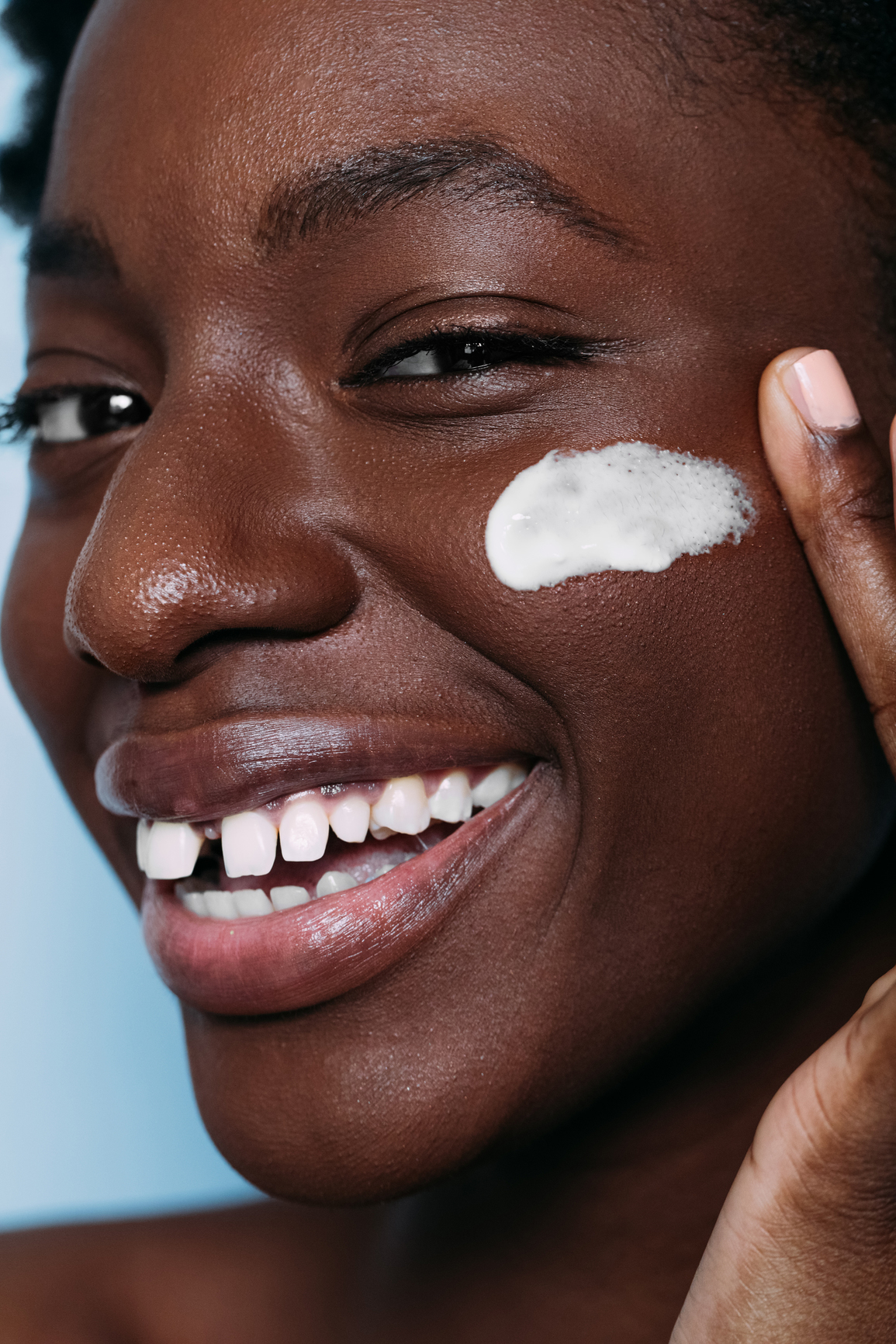
There are multiple different ways to ice the face. You can use a tool, standard ice cubes — always wrap them in gauze or cloth to prevent burns — or frozen aloe vera. Always clean the skin and any tools first.
To make the most out of treatment, apply a serum before taking the ice, or a device, to the skin. Serum allows the ice or tool to glide across the skin better. Rose Johnson advises moving the ice or tool down towards the nose and then following the nose down towards the mouth to get rid of bags under the eyes.
Apply moisturizer after treatment, avoid harsh exfoliants, and stay out of the sun to minimize potential sensitivities.
Professional icing facials are also available. “It is best to see a trusted professional for any in-office procedures because, while the concept may be considered an at-home remedy, there
is always a risk of frostbite, discoloration, burn, or sensitivity of the skin,” says Dr. Garshick.
What to Use
Ice globes, such as the adorable and sparkly Kira Moon Moon Globes and Jenny Patinkin Cryo Glow Globes (a celebrity favorite), work well to reduce redness for a healthy glow. There are also stainless-steel rollers and sticks, including Biologique Recherche’s Cryo-Sticks, Zaq Icy Steel Ice Globes, and Elizabeth Grant’s Ice Roller, which glide across the skin and maintain the temperature without ever getting too cold. In addition, Dr. Garshick says tools that slide across the face may help mobilize fluids and reduce fluid accumulation. Check frozen serums, like the hyaluronic acid- and silk protein-rich Anne Semonin Precious Pearl Cubes. Another option is the Mila Moursi Cryo Serum Ice Cube Infusion, which infuses black currant, strawberry, and raspberry extracts to aid in decreasing puffy areas while imparting a healthy
glow.
Although the results are relatively instant, keep in mind that they are short-lived at best and not nearly as dramatic as makeup. However, since ice generates blood flow to the area, expect a rosy glow to ensue.
How It Compares to Other Contouring Methods
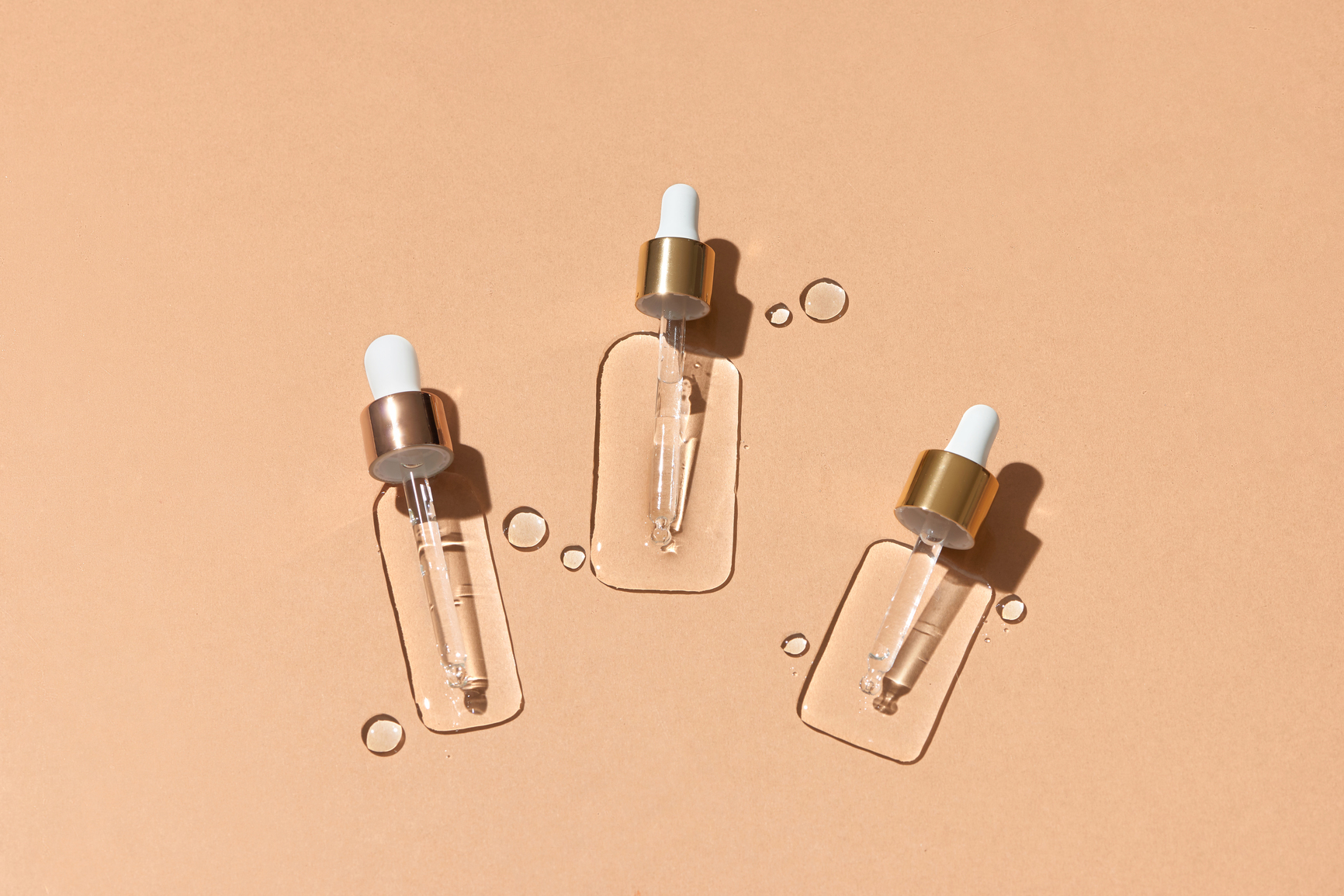
Any benefit seen from icing is anecdotal. Compared to filler and other doctor-administered procedures that create definition and lift, Dr. Garshick says that icing will not have the same effects as filler. “Filler is going to provide a more precise and enhanced volumization to help contour compared to what icing accomplishes,” she explains. “Icing can be a great immediate pick-me-up, but the benefits won’t last as long as filler does.”
Compared to makeup, icing doesn’t provide the same level of “chisel” since the treatment does not add dark shadows to the face. However, Rose Johnson says once you finish icing your skin and achieve a natural contour, adding some makeup completes the look. “The trifecta of icing, makeup, and fillers are a great way to keep you looking, healthy, and vibrant,” she adds.
We only recommend products we have independently researched, tested, and loved. If you purchase a product found through our links, Sunday Edit may earn an affiliate commission.



